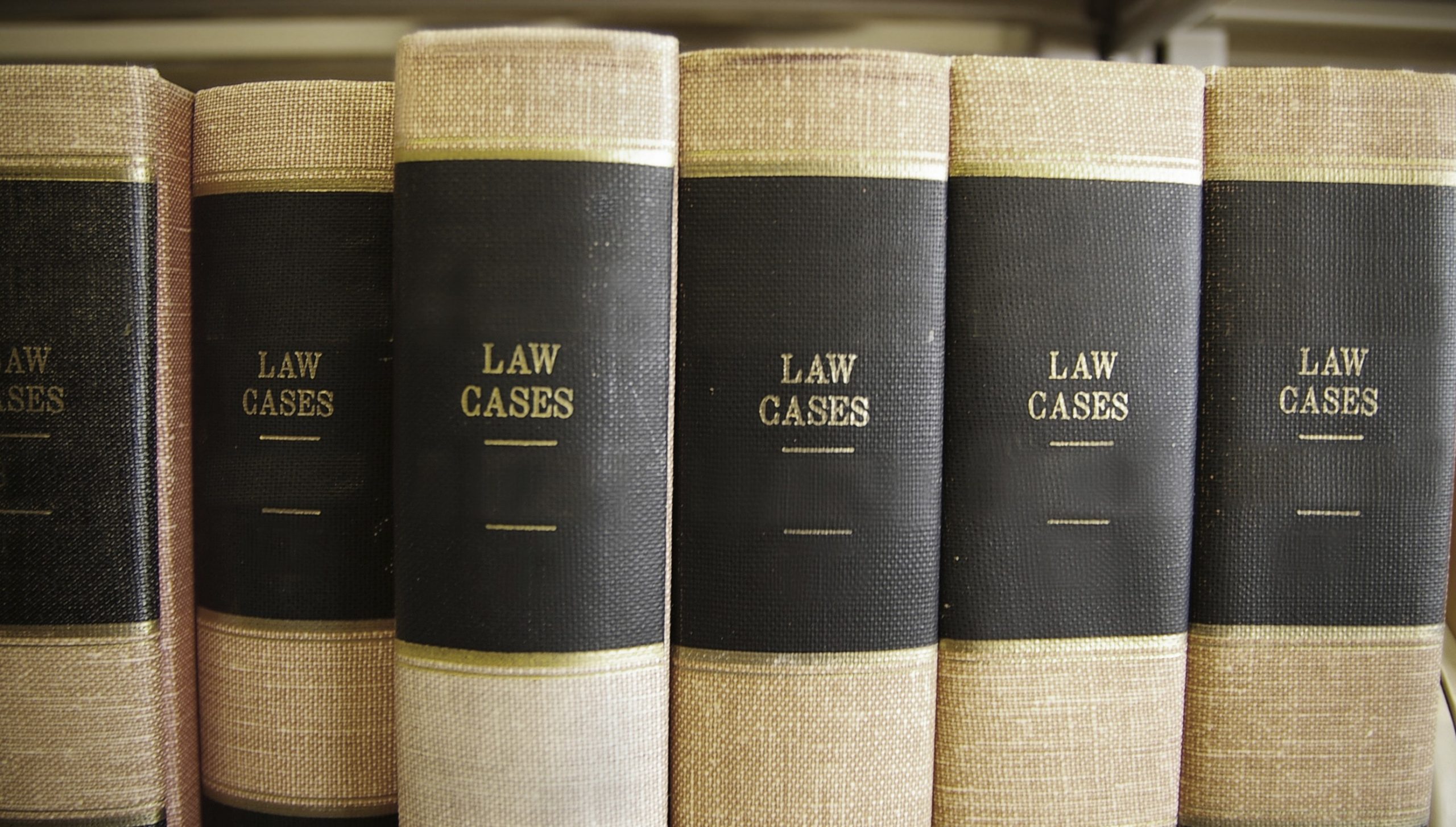The Cook Islands trust is the strongest legal vehicle available for asset protection worldwide. Numerous asset protection benefits exist for settlors who establish trusts in the Cook Islands. Trusts set up in the Cook Islands have the ability to own LLCs in their entirety. They have build-in financial privacy because the Cook Islands does not require the registration of trust settlors. There is a short statute of limitations for fraudulent transfer a.k.a. fraudulent conveyance. Even if a case is brought brought within this window, there are nearly insurmountable barriers that an asset protection trust has. They allow for provision of perpetual trusts. So, for estate planning purposes, they can create an everlasting legacy for generations to come.
Most trust statutes automatically dissolve a trust certain number of years after the death of the settlor. Termed the rule against perpetuities, most jurisdictions assert that assets are removed from the trust upon the death of those then alive, plus 21 years. A Cook Islands trust, conversely, can last indefinitely.
Moreover, foreign judgments are not upheld in the Cook Islands. If the settlor of a Cook Islands trust finds himself or herself under legal duress, that individual has an option that those without such trusts do not have. The trustee, who is not bound by your local court orders, can step in to protect the assets it holds. If a creditor wants to attack assets held within a Cook Islands trust, they must travel to the remote nation in the South Pacific. The creditor is required by law to have the case re-adjudicated through the Cook Islands courts.
There is only one way for creditors to gain access to assets protected by a Cook Islands trust. This is by accomplishing the monumental legal task of proving that the settlor is guilt of fraudulent transfer of assets in a Cook Islands court of law. Here is why that is a nearly insurmountable task.
What is Fraudulent Conveyance?
Fraudulent transfer of assets is also known as fraudulent conveyance. Fraudulent conveyance is when a settlor intentionally transfers assets with the expressed intent of hindering, delaying, or defeating a currently or reasonably anticipated creditor’s claims to those assets. It is very important to distinguish between fraudulent conveyance and fraud. Fraud is a crime. Those convicted of fraud are subject to the penalties imposed by a criminal court. Fraudulent conveyance, however, is a civil matter. It is adjudicated in a civil court. Those found guilty of fraudulent transfer are subject to civil penalties, not criminal ones.
Fraudulent conveyance laws hail from the Statute of Elizabeth, which was written in England in 1571. The Statute of Elizabeth enables courts to reverse transfers of assets which they deem to be fraudulent. It has served as the basis for the fraudulent transfer laws in many jurisdictions which observe Common Law. The problem with fraudulent conveyance laws in many jurisdictions is that they do not include a short statute of limitations. Most courts err wildly on the side of creditors. They make hard-working individuals vulnerable to predatory judgments. Fortunately, some jurisdictions, like the Cook Islands, have cracked down on greedy creditors by imposing a tight statute of limitations.
Statute of Limitations on Fraudulent Conveyance
The Cook Islands imposes a one-year statute of limitations on claims of fraudulent conveyance. An example of the one-year statute would be one seeking asset protection for divorce for irreconcilable differences. There is a two-year statute of limitations from the cause-of-action, which is the reason that the lawsuit was filed. Once the statute of limitations runs out, the creditor can no longer bring claims of fraudulent conveyance in a Cook Islands court. The assets held by the Cook Islands trust become virtually untouchable. The statute of limitations is explicitly defined in S13K of the Cook Islands International Trust Act of 1984.
Another benefit of Cook Islands trust law for the settlor is that creditors must hire a Cook Islands lawyer to bring the claims. Cook Islands law does not allow for contingency cases. So, the creditor must be willing to spend big in order to bring a claim against the settlor of a trust. They do so with no guarantee that they will win their case in court. If a creditor does decide to pursue a claim against the settlor of a trust in the Cook Islands, the burden of proof is on the creditor.
Standard of Proof for Fraudulent Conveyance Claims
It gets even better for the debtor. As stated above, in a Cook Islands court of law, the burden of proof regarding claims of fraudulent conveyance lies with the creditor. The legal hurdles which creditors face in bringing a claim against a settlor are defined in S13B of the International Trust Act of 1984. Here is the big catch for a creditor. Creditors are required to prove the following beyond a reasonable doubt:
Proof of Intent to Defraud
A creditor must prove that the settlor of a Cook Islands trust intended to defraud them by settling, establishing, or disposing assets into the trust. They must prove that the trust was established with the explicit intention of defrauding that particular creditor bringing the suit. Claims that the trust was established to defraud creditors in general will not hold up in court. Additionally, creditors have to prove that defrauding them was the sole reason the trust was established. If the settlor had any other reason for setting up the trust, such as estate planning or international diversification, the claim will not meet the burden of proof required for fraudulent conveyance.
Solvency
In addition, it is the requirement of the creditor to prove in a court of law that the transfer of assets made the settlor insolvent. They must prove beyond all reasonable doubt that the transfer of the assets in question left the settlor unable to fulfill the claims of the creditor. The insolvency test used in the Cook Islands is made up of two parts:
- The creditor has the burden of proving that the settlor is, in fact, insolvent. This means that the creditor must somehow obtain access to the settlor’s exhaustive financial records. The settlor is not under any legal requirement to furnish their records. This is required by pre-trial discovery in some other jurisdictions, which gives settlors in the Cook Islands a distinct advantage.
- The Cook Islands does not have a bankruptcy law. As a result, the tests normally used to determine insolvency in bankruptcy do not apply. In other jurisdictions, bankruptcy law dictates that a person is insolvent in relation to what they owe all of their creditors combined. Under the provisions of the Cook Islands International Trust Act of 1984, settlors of a trust are tested for insolvency in relation to the one creditor filing suit. Whether or not the settlor is insolvent in relation to the claims of all their creditors is irrelevant under Cook Islands law.
The burden of proof for the fraudulent conveyance is beyond all reasonable doubt. This is the same burden of proof typically used in capital murder cases. This is significant, because it is a much stronger burden of proof than the “preponderance of evidence” burden which is typically used in the civil courts of most jurisdictions.
Support from Existing Case Law
When looking to protect their assets from money-hungry creditors, one should not rely solely on legal theory. Cook Island courts have proved time and time again that they are willing to go the distance to protect a settlor’s assets. There are literally thousands of previously adjudicated cases which prove that, as a legal tool, the Cook Islands trust offers the strongest asset protection available.
One well known example of the effectiveness of Cook Island trusts for asset protection is Branch Banking & Trust Co. v. Hamilton Greens. This case is known colloquially as the “Bellinger” case. In this case, the defendant, Mr. Bellinger, made transfers of about US$ 1.7 million to a Cook Islands trust. He did so after he knew that his primary obligors on a promise note, which he had guaranteed personally, were going to default.
The Ruling
The ruling came forth that Mr. Bellinger could not be held in contempt of court. Additionally, they determined that his transfers to the Cook Islands trust were not voidable transactions. The court was required to consider whether or not Mr. Bellinger actually intended to defraud Branch Bank & Trust Co. They also had to consider whether or not the were transfers made with the reasonable anticipation that Mr. Bellinger would not be able to pay his financial obligations. This consideration was limited to his obligation to Branch Bank & Trust Co. Debts owed to other creditors were not part of the case. The court found that there was insufficient evidence to prove either.
The decision in favor of Mr. Bellinger was based on the court’s analysis of case evidence. The court found that Mr. Bellinger’s main motive in setting up the trust was to preserve assets for the purpose of retirement. He was worried that compounding interest, such as medical bills, might affect his retirement. Mr. Bellinger wisely chose to protect his assets in a Cook Islands Trust. Additionally, Mr. Bellinger was under the mistaken impression that the collateral he had used to take out the loan from BB&T initially was enough to cover the debt.
It is important to note that Mr. Bellinger won his case because there was an insurmountable burden of proof in the Cook Islands. This burden of proof existed with regards to what Mr. Bellinger was asserted as to why he established the trust. BB&T could not prove that Mr. Bellinger intended to defraud them in moving the assets into the trust. Additionally, they could not prove that Mr. Bellinger intended to become insolvent in order to circumvent BB&T’s claims. As a result, Mr. Bellinger was able to effectively and legally protect his US$ 1.7 million in assets. He did so by availing himself of the world-class protection offered by a Cook Islands trust.






